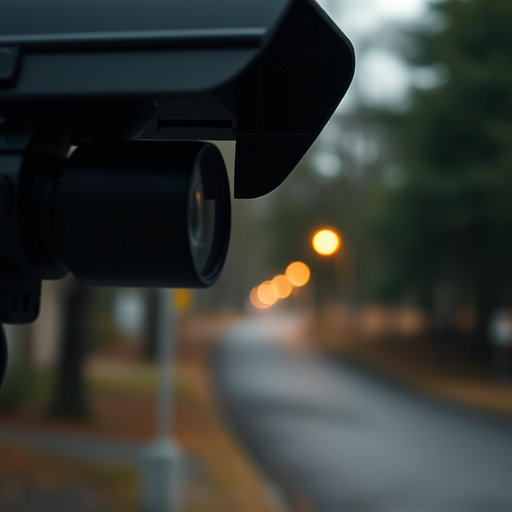Spy cameras with remote viewing have evolved into tiny but powerful surveillance tools, using RF technology for wireless video and audio transmission without a physical connection. Detecting these cameras has advanced with specialized RF detectors like handheld scanners and software-defined radios (SDRs). To prevent and disrupt their use, change Wi-Fi credentials, employ frequency jamming devices, implement physical shielding, use strong encryption (WPA2/WPA3) and keep firmware up-to-date on all connected devices.
Uncover the insidious world of hidden surveillance with our comprehensive guide on detecting spy cameras using radio frequency (RF) technology. In an era where privacy is paramount, understanding how these covert devices operate and utilizing RF detection methods can empower individuals to protect their personal spaces. This article delves into the intricacies of spy camera functionality, equips readers with practical tools and techniques for detection, and offers vital tips for disrupting remote viewing capabilities, ensuring a safer digital environment.
- Understanding Spy Cameras and Their Radio Frequency Operations
- Tools and Techniques for Detecting Hidden Cameras Using RF
- Practical Tips to Ensure Complete Disruption of Remote Viewing Spy Cameras
Understanding Spy Cameras and Their Radio Frequency Operations
Spy cameras, also known as hidden cameras with remote viewing capabilities, are increasingly sophisticated devices used for surveillance purposes. These tiny yet powerful tools can be easily concealed in everyday objects like clocks, pens, or even light bulbs, making them hard to detect. The heart of these spy cameras lies in their radio frequency (RF) operations, allowing for wireless transmission of video and audio feeds directly to a receiver or smartphone app.
The RF technology employed by spy cameras enables them to operate discreetly without requiring a physical connection. This feature makes them highly versatile, as they can be placed anywhere within range of the transmitter and accessed remotely from anywhere in the world with an internet connection. Understanding how these devices work on a technical level is crucial for anyone looking to protect their privacy or identify such hidden cameras in various settings.
Tools and Techniques for Detecting Hidden Cameras Using RF
Detecting hidden cameras, especially those with remote viewing capabilities like spy cameras, has evolved with advancements in radio frequency (RF) technology. One effective method involves using specialized RF detectors designed to identify signals emitted by these devices. These tools can range from simple hand-held scanners to advanced software-defined radios (SDRs) capable of pinpointing the exact location of the hidden camera.
The process typically includes scanning a given area for unusual or faint RF signals, analyzing the frequency bands for known patterns associated with spy cameras, and using triangulation techniques to determine the camera’s position. Additionally, some advanced devices employ signal analysis algorithms to differentiate between legitimate electronic sources and potential hidden cameras, ensuring more accurate detections. This technology has become invaluable in maintaining privacy and security in both residential and commercial settings, offering a proactive approach to countering surveillance threats.
Practical Tips to Ensure Complete Disruption of Remote Viewing Spy Cameras
To ensure complete disruption of remote viewing spy cameras, there are several practical tips to implement. First, periodically change your Wi-Fi password and network name (SSID) to disrupt potential camera connections. Regular updates are key in maintaining security. Next, utilize frequency jamming devices that can interfere with the radio signals used by spy cameras, effectively cutting off their remote access. These devices operate on specific bands commonly used by such cameras, ensuring comprehensive disruption.
Additionally, physical measures like placing metal screens or shielding materials near potential camera locations can block signals. Keep your home or office network secure with strong encryption protocols like WPA2 or WPA3 to prevent unauthorized access. Regularly update all connected devices to the latest firmware versions, as updates often include security patches that address vulnerabilities exploited by spy cameras with remote viewing capabilities.
In conclusion, detecting hidden spy cameras with remote viewing capabilities is a complex task that requires understanding their unique radio frequency (RF) operations. By familiarizing yourself with these devices and employing the right tools and techniques discussed in this guide—including practical tips for disruption—you can significantly enhance your ability to identify and mitigate the risks posed by such hidden threats. Staying informed and proactive in this digital age is key to ensuring privacy and security in both personal and professional settings.
